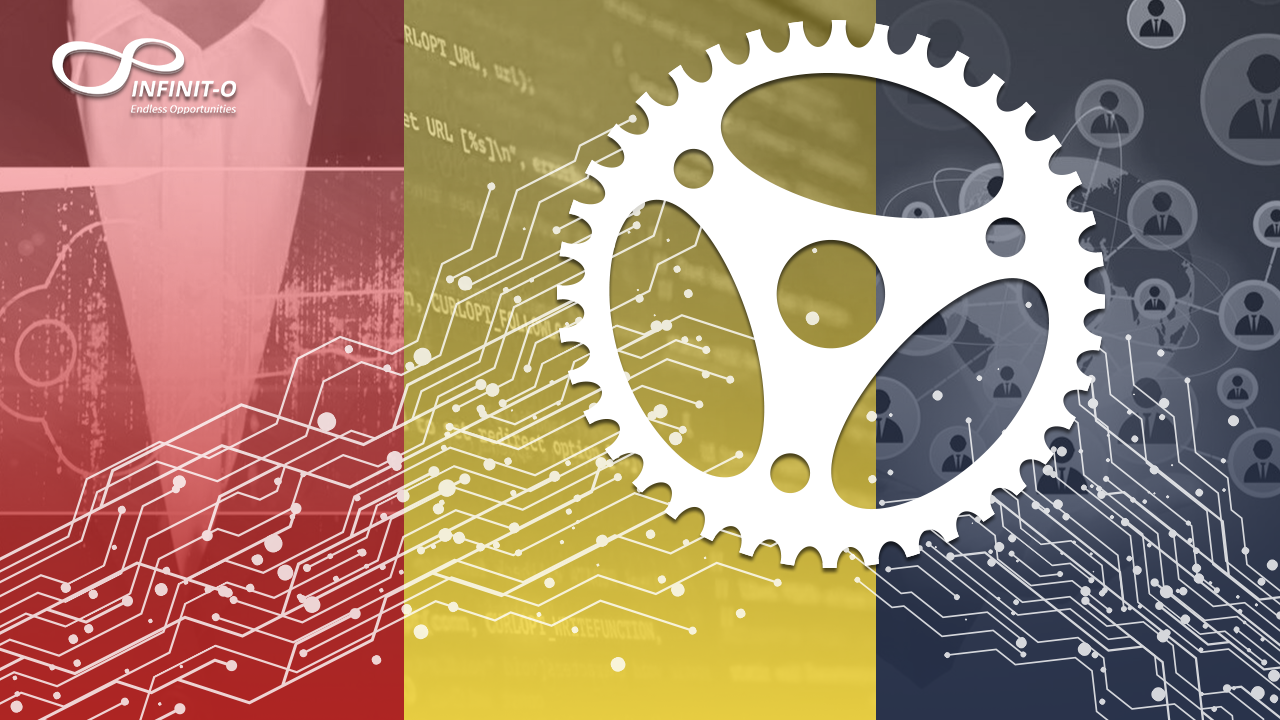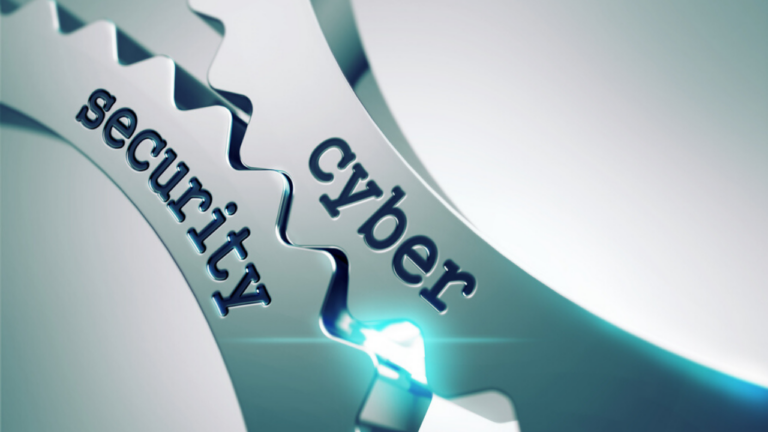3 Smart Decisions to Make for Threat Intelligence

With today’s businesses exchanging all kinds of information online, data privacy and security are just as important as the utilities used in the brick and mortar office.
E-commerce companies store sensitive data like credit card numbers and addresses. Companies with offshore branches send out numbers and confidential matters that could fall in the wrong hands without the right data security. Threat intelligence programs provide companies the tools to prevent these incidents.
Organizations across industries have saved $8.8 million through threat intelligence programs. Threat intelligence provides enterprise defenders with the information they need to stop said threats, such as common phishing and spear-phishing and cross-site scripting attacks. These include gathering data from the dark web, chat platforms, and other sites where the threat instigators come together and plan.
Threat intelligence looks through the data to see what is useful and relevant to the business. From there, they can determine a plan that will protect the company and the information it carries from the discovered threats. Multiple data sets from internal and external feeds are studied to make these assessments. Private businesses normally use threat intelligence to look into data breaches and cyber attacks. But they also utilize it for investigating financial and fraud crimes.
Curious about how threat intelligence can benefit your company? Consider these three smart decisions to make the most out of this investment.
1. Utilize the Effectiveness of Threat Correlation
Threat correlation makes the work more efficient for security response teams. Their focus shifts on the most important priority, which reduces the chances of corporate liabilities. Potential risks are also immediately averted.
Effective threat correlation entails high-quality data or timely information included in the business’ systems and solutions. This data must also be collected in real-time. The faster the information arrives, then the faster it can be dealt with. Prevention is better than cure after all.
The information must also be relevant when sent to the appropriate stakeholders in a timely manner. High-risk threats need to be detected if missed in a manual log. Incidents such as network failure are also considered, especially when your firewall can’t be reached. In this instance, the network operations center is informed of the failure—it is no longer the security team’s coverage.
2. Choose the Right Type of Threat Intelligence
Threat intelligence comes in three types. Tactical threat intelligence applies to the near future, identifying simple indicators of compromise (IOCs) like URLs, file hashes, malicious domain names, and bad IP addresses. This is the easiest intelligence to produce, thanks to automation. Intelligence can be gathered from free feeds and open source. However, a subscription to these feeds doesn’t equate to an analysis of these threats.
Operational intelligence involves the study of cybersecurity professionals’ adversaries. They investigate the who, why, and how of the threat. A thorough analysis of these factors leads to context that shows cybersecurity professionals how the threats are planned and conducted. It also shows how they execute and sustain major operations and campaigns.
Unlike tactical intelligence, operational intelligence requires human analysis and cannot be automated. Only human analysis can produce an actionable plan from the data. This type of threat intelligence is normally used among cybersecurity professionals who run daily operations and work in a security operations center.
Strategic intelligence studies how foreign policies, global events, and other large-scale movements can and will affect an organization’s cybersecurity. It shows decision-makers the risks involved and how an investment in cybersecurity will protect the company. It entails both a human collection of data and analysis, along with a deep understanding of cybersecurity and the relevant policies that impact this information. Strategic intelligence is generated in a report.
3. Combine the Power of Human and Automated Intelligence
Automated data from machines can churn out data faster than people. But people can perform the in-depth analysis and look for the nuances that a machine has no capacity for. The action plans come from the cybersecurity professionals who assess all that data based on your company’s needs and situation. Finding a service that combines the power of both capacities amplifies your cybersecurity.
Businesses big or small will face at least one cybersecurity threat in their existence, so it’s necessary to partner up with the right team to get secured. Reach out to a provider that builds cybersecurity solutions teams with analysts, engineers, and developers and the right technology to help you make smart decisions required to keep your information safe.
Infinit-O is a trusted global research and data service partner that can help you build and operate a dedicated team of research professionals of every level including data scientists designed specifically for your unique needs, with cost savings of up to 70%. We can help you meet your goals, whether they be growth, better productivity or simply bottom-line cost savings. With access to excellent talent who use cutting-edge technology, we provide some of the best strategic solutions for your business. We are ISO-certified and GDPR-compliant, so your company and client data are safe with us.

%20-%2010042019.png)
%20-%2010042019.png)






This site is protected by reCAPTCHA and the Google Privacy Policy and Terms of Service apply.